If what is (or is not) a profession was ever crystal clear, it is certainly not so any more. Nowadays almost any area of expertise can lay claim to being a profession. Not only does Expertise ABC call itself a profession, but this Expertise also lobbies to be recognized as such by degree granting schools, the courts, and the general public.
To make the situation even cloudier, non-professionals may borrow terminology from professions—as when a person who is involved in any kind of planning calls herself an “architect,” or, less formally, “a curator.” And nowadays, almost anyone who purports to know “anything about anything” feels free to label herself a consultant, a coach, or an adviser—official-sounding titles which, alas, all too often signify nothing. These individuals often mimic the paraphernalia of the “real professions”—and may also charge as much as degree-holding professions. After all, if you charge hundreds of dollars an hour, you must know a lot!
There is no “Pooh-Bah of the Professions”—no single voice or court that can declare a candidate profession as legitimate or disqualify it from consideration. Workers militate to be considered professions, and on occasion, as with the barber surgeons of days of yore, an occupation can lose its professional status. I believe that the burden falls an on any aspiring profession to demonstrate that it, and it alone, fulfills the desiderata that I outlined in the original essay and recapitulated in my second response (specifically, high levels of training with certification, fulfilling expectations associated with the role, offering services in a disinterested way, making complex individual decisions, etc.). But I’d add that in the current era—with so many possible routes to certification, many online—identifying a “true” or “genuine” profession is becoming increasingly difficult.
One possible distinction emanates from the essential characteristics once associated with the role of the professional: wisdom, disinterestedness, service. In earlier times, many professionals stressed these features even as they minimized their concern with market forces and rewards; nowadays, valorizing these ethical and social qualities may seem quaint, if not anachronistic. Expertise trumps service. Nonetheless, these attributes remain as ideals—and legitimize the use of the describer “professional”—as in the phrase, “She behaved very professionally.”
My colleague Jal Mehta has kindly allowed me to link this blog to his insightful essay. Mehta delineates four separate challenges to the professions as currently constituted: briefly, Hegel (inner contradictions); Krauss (market determination of nearly every facet of economic and social life); Jackson (deference to the “common man”); and Sennett (craft as opposed to scientific knowledge). Taken together, this quartet of factors constitutes a formidable challenge to anyone who asserts that, for the professions, “business as usual” will suffice.
And what of the relation between academic disciplines, on the one hand, and professions, on the other? While one commentator on my original post deplored the narrowness of the academy and hailed the public mindedness of the professions, this distinction does not always hold. Some scholars have quite broad conceptions of their disciplines and welcome interdisciplinary work. Analogously, some professionals—as strict constructionists—do not see themselves as agents of broad public needs and concerns.
Thanks to commentators Steven Brint, Henry Jenkins, Jal Mehta, Norman Ornstein, Carol Thompson, and Dennis Thompson.
This is the third in a ten-part series in which I respond to the comments received regarding my essay “Is There a Future for the Professions? An Interim Verdict.”








